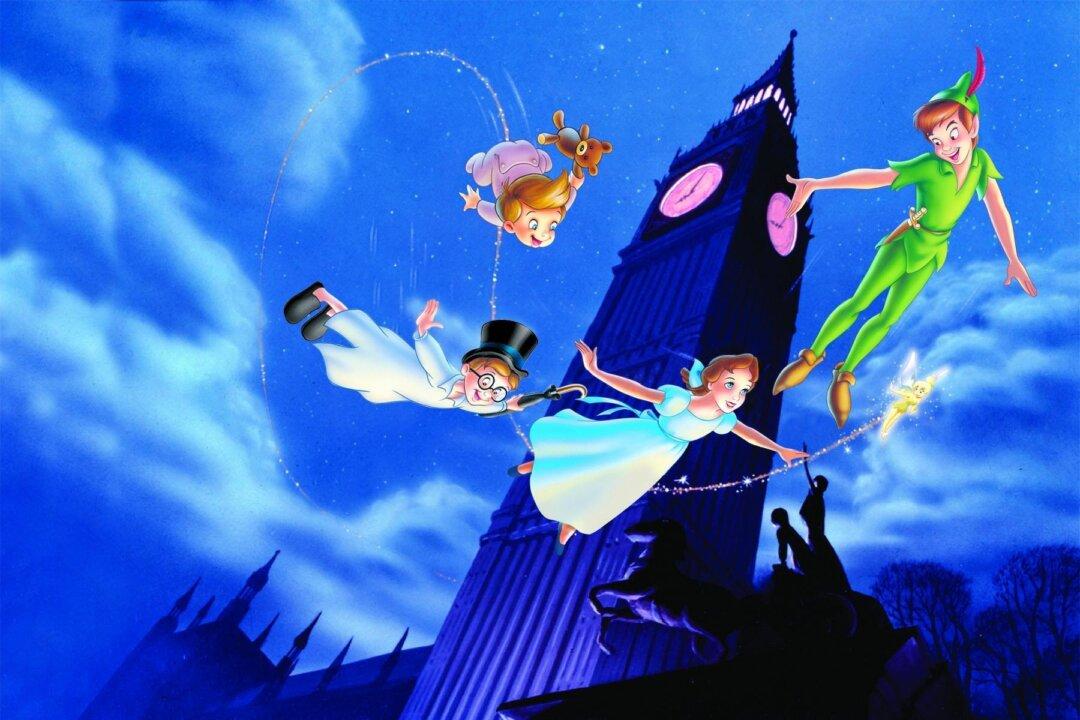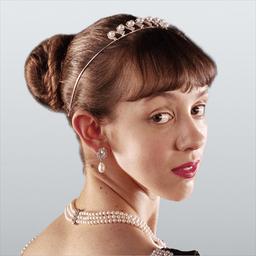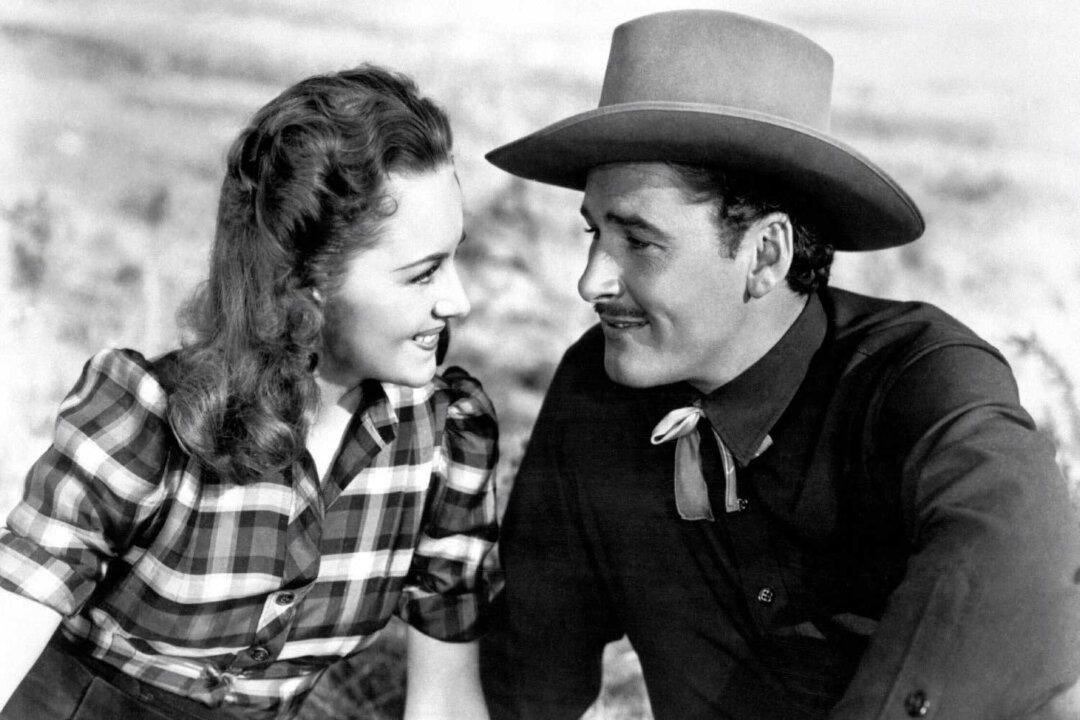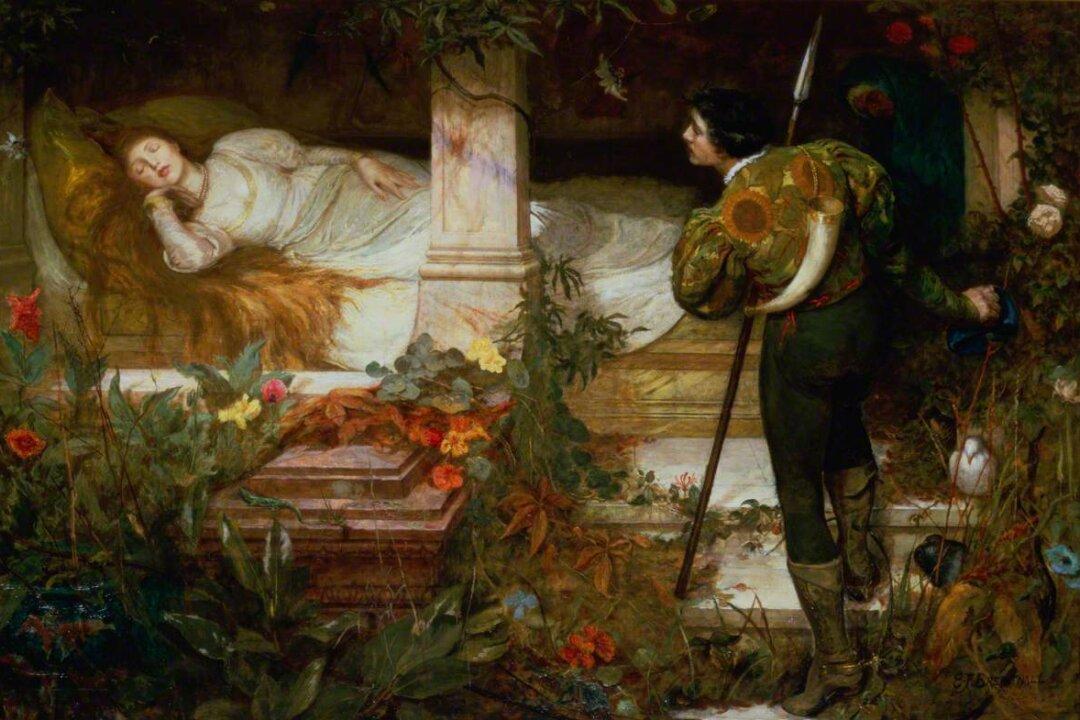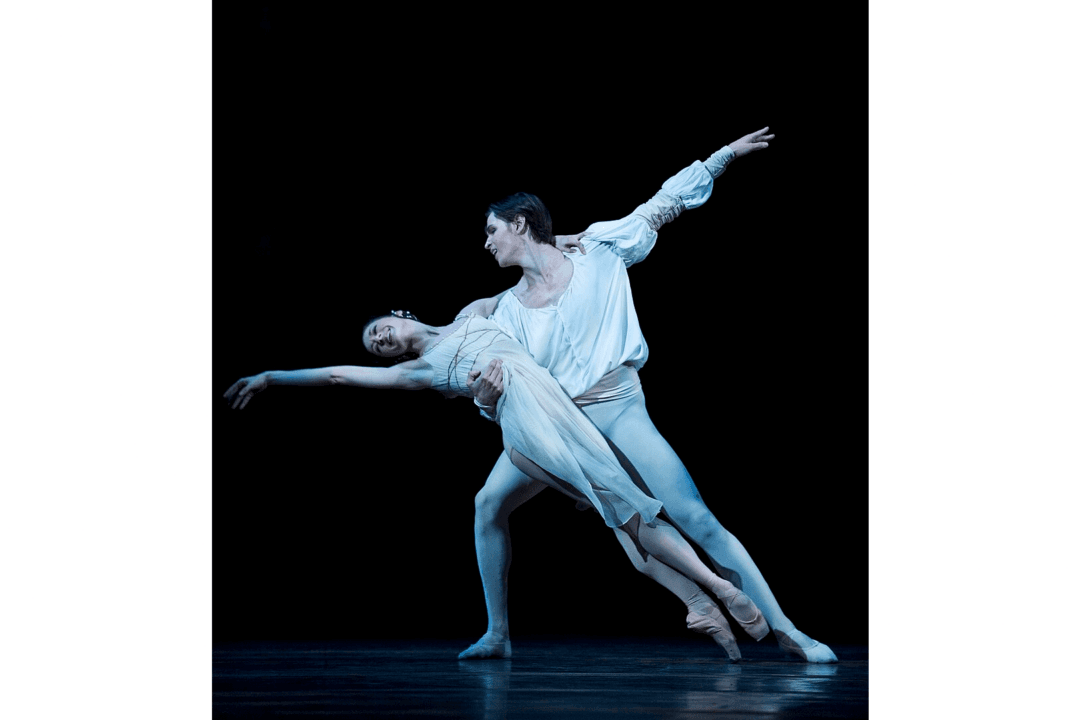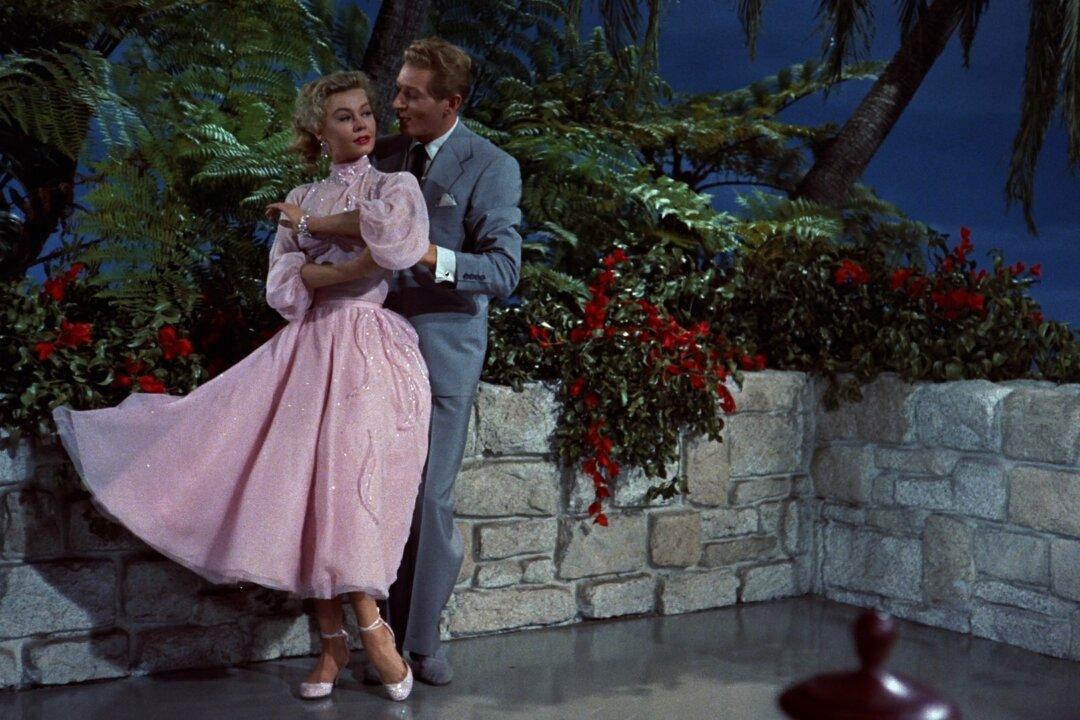Since 1904, J.M. Barrie made children and adults alike believe they could fly. The English author first introduced the world to “The Boy Who Wouldn’t Grow Up” in 1902, as part of a book called “The Little White Bird.” In 1904, the mischievous youth took center stage in the play “Peter Pan; or, The Boy Who Wouldn’t Grow Up.” Then, in 1911, Barrie extended his play into the novel “Peter and Wendy.” Since then, his tale of eternal childhood has inspired plays, musicals, pantomimes, and countless film adaptations.
Walt Disney’s 1953 classic “Peter Pan” gave its audience delightful images, memorable quotes, and tunes, including “The Second Star to the Right” and “You Can Fly,” and the lovable characters such as Tinkerbell. It highlighted the wonder and joy of childhood.

